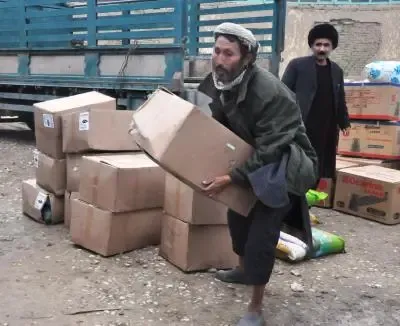Is Japan Facing an Unprecedented Heatstroke Crisis This Season?

Synopsis
Key Takeaways
- 100,143 hospitalized due to heatstroke this season.
- Record high surpassing 97,578 cases from last year.
- Elderly population significantly affected, with 57,235 cases.
- Extreme temperatures leading to health alerts.
- Urgent need for awareness and precautionary measures.
Tokyo, Oct 1 (NationPress) A staggering 100,143 individuals have been hospitalized in Japan this season due to heatstroke, marking the first time the figure has surpassed 100,000, as reported by the Fire and Disaster Management Agency.
The data collected from May through September 28 represents the highest tally since 2015 when the survey period was extended to include May, exceeding the previous record of 97,578 cases documented last year, as indicated by preliminary agency statistics released on Tuesday.
Among those transported, 116 patients succumbed this year, while 36,448 others experienced symptoms severe enough to necessitate hospitalization.
The elderly population aged 65 and older comprised 57,235, accounting for more than half of the total cases.
By region, Tokyo reported the highest number of cases at 9,309, followed by Osaka with 7,175, and Aichi with 6,630, according to Xinhua news agency.
On August 30, temperatures exceeding 35 degrees Celsius were anticipated across Japan, primarily affecting the Kanto region, which includes Tokyo, extending to the southwestern Kyushu region, as warned by the weather agency.
The Japan Meteorological Agency (JMA) reported that heatstroke alerts were issued across 22 out of 47 prefectures, spanning from Kanto to Kyushu.
A peak temperature of 37 degrees Celsius was predicted for Takamatsu City, with 36 degrees expected in cities like Osaka, Nagoya, and Kurume, as stated by the JMA.
Temperatures were anticipated to reach 35 degrees Celsius in central Tokyo and other cities including Saitama, Fukui, and Kofu.
Weather officials cautioned that temperatures could escalate to dangerously high levels from the Kanto-Koshin region to the western Kinki region, urging residents to remain vigilant and take measures to prevent heatstroke.
Heatstroke incidents in Japan are largely influenced by environmental factors such as elevated temperatures and humidity, which are intensified by an aging population and urban heat island effects in cities. Vulnerability is heightened by physiological factors like age, chronic illnesses, and dehydration, particularly affecting the elderly, who possess a diminished capacity to regulate body temperature.









